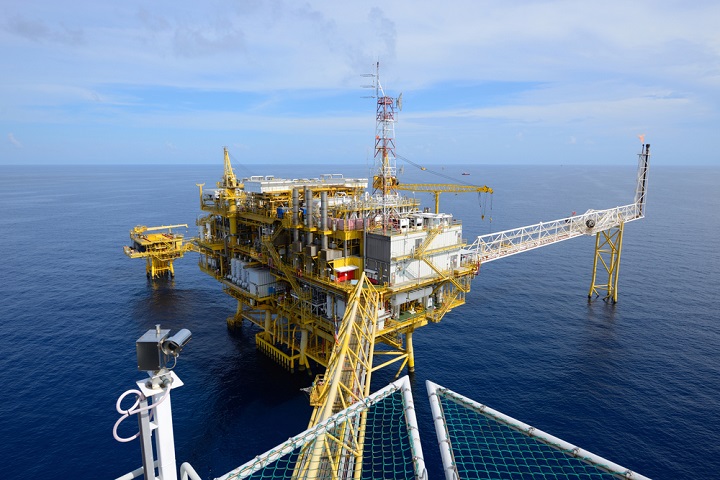Good news oil investors! Statoil is off to a good start on the Barents Sea. On Monday, Statoil (OTCMKTS:$STOHF), a Norwegian multinational oil and gas company, announced that they had made a crude oil discovery in the Kolje formation in the Barents Sea, near the Johan Castberg field. It has been estimated that the recoverable reserves at the location are around 25 to 50 million barrels. Following the discovery, Statoil released a statement which suggested that this discovery “opens interesting opportunities”, and that this is the first time oil has been found in this kind of formation in the Barents Sea.
Additionally, Statoil disclosed that the company will be starting production in another field, the Gina Krog, located in the central part of the North Sea. Production is forecasted to continue until 2030 and the field has been predicted to contain 224 million barrels of oil equivalent.
At the end of June, Statoil was given the green light from the Petroleum Safety Authority of Norway to begin drilling at another location in the Barents Sea, part of the Korpfjell prospect. In addition, there was yet another drilling launch disclosed for the Gemini Nord prospect, which is also in the Barents Sea.
So far, Statoil has pinpointed five gas and oil prospects in the Barents Sea, and the latest reports suggest that the Norwegian oil and gas company is looking to start exploring the Arctic part of its continental shelf as soon as possible. Towards the start of 2017, the Petroleum Directorate reconsidered its earlier estimates of oil and gas reserves in the Barents Sea. The Petroleum Directorate stated that undiscovered oil and gas in the Barents Sea is twice as much as previously estimated.
Currently, the Barents Sea holds roughly 65% of Norway’s undiscovered offshore hydrocarbon reserves, with most of the reserves concentrated in the northern part of the aquifer. As reported by the director general of the NPD, the Northern Barents Sea (which is half the size of the southern part of the sea) has roughly the same amount of resources. This means that the Northern Barents Sea holds twice as much potential per square kilometer as the southern part.
It’s no wonder that the Barents Sea is considered to be a priority exploration area for the state energy major, which has entered into partnerships with numerous international peers, such as Eni (BIT:$ENI), Chevron (NYSE:$CVX), ConocoPhillips (NYSE:$COP), OMV (VIE:$OMV), and Lundin (TSE:$LUN), on projects there.
Featured Image: depositphotos/num_skyman











